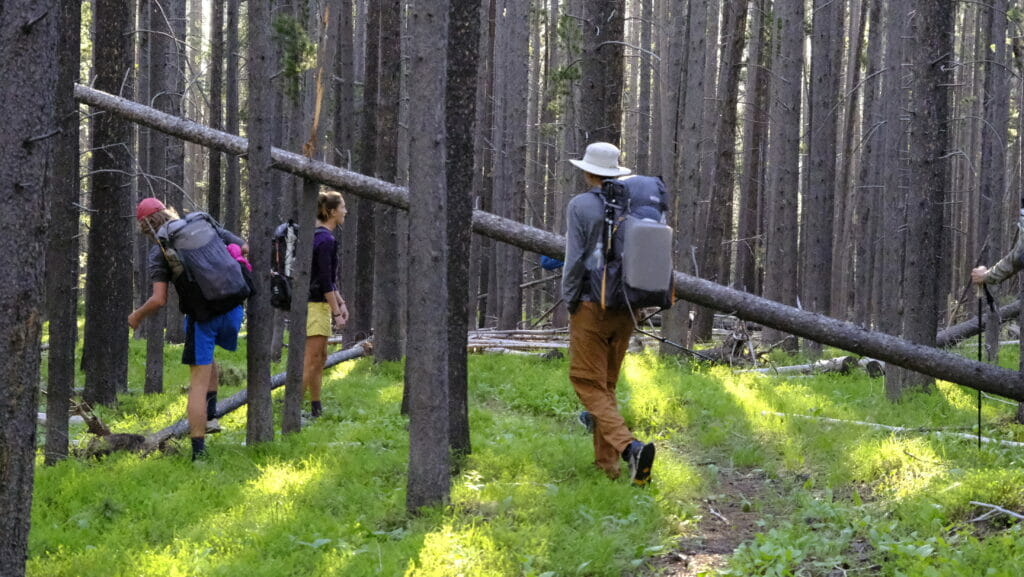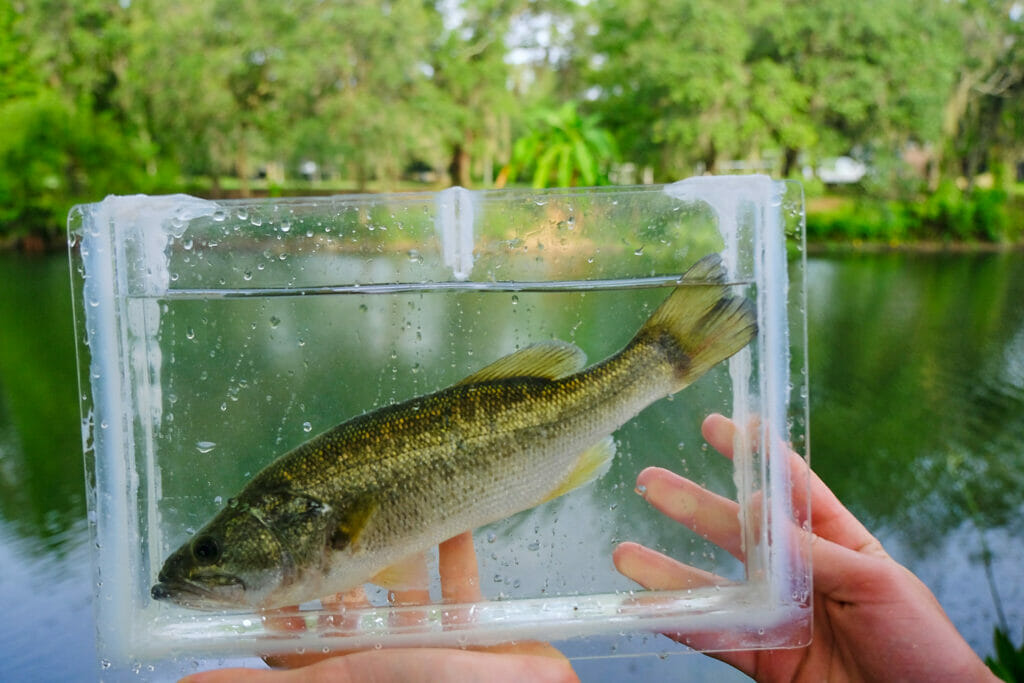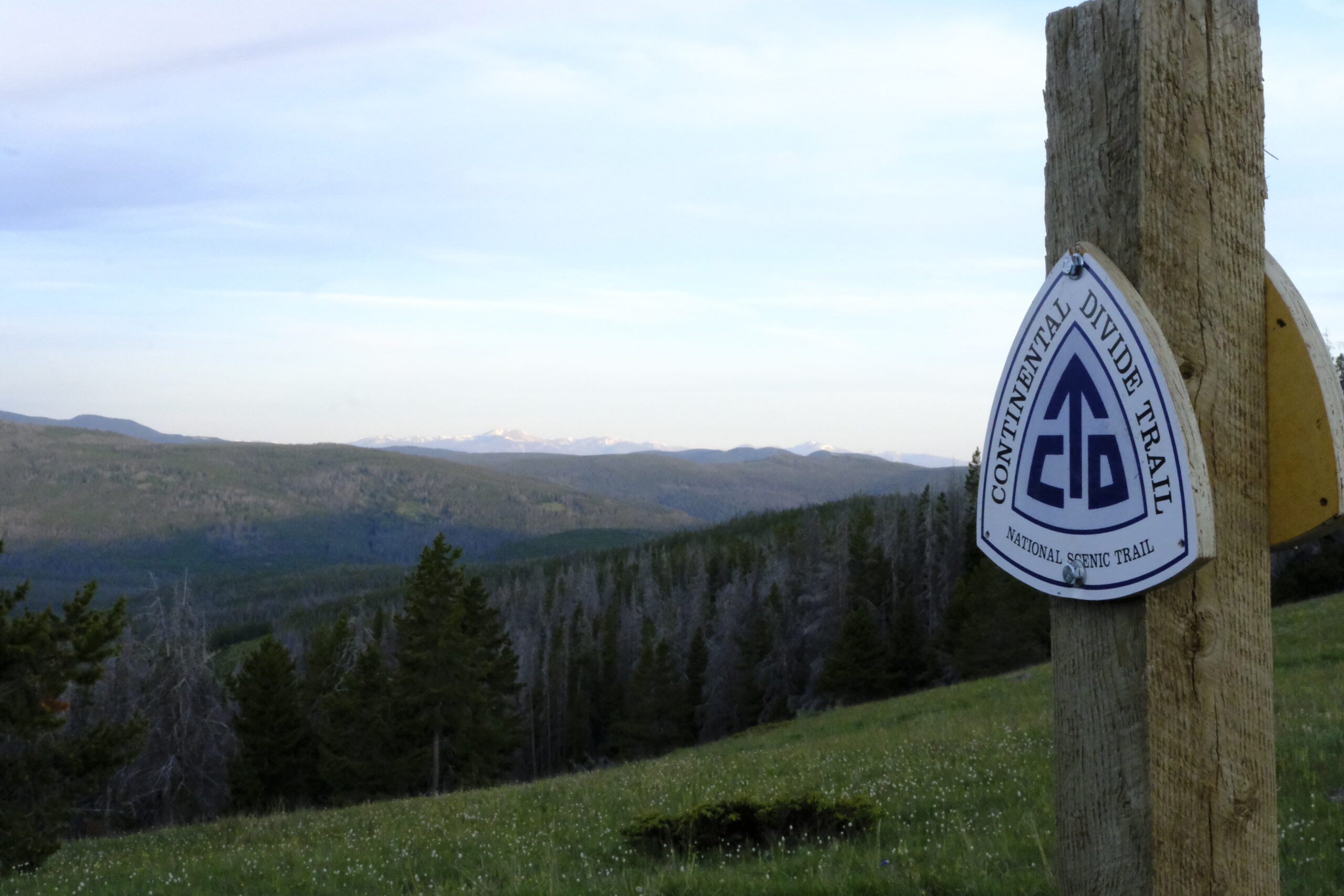Editor’s Note: The Strawbridge family from Lakeland, Fla., is hiking the length of the Continental Divide Trail – all 3,100 miles of it – from Canada to Mexico. Henry Strawbridge, 14, will be providing updates of their journey to Trout Unlimited as they pass through the historic range of seven native trout species. You can track the family and see reports submitted by Henry on this map.
By Henry Strawbridge
It would be a stretch to describe this first week on the trail as a complete success in the category of data gathering.
We started our hike of the CDT near Interstate 90 on the Anaconda alternate route in front of a not-so-clean privy with a 17-mile road walk that lead straight up into the hills. My dad called it a “crappy way to start.” He likes puns more than the rest of us.
We are starting about 400 miles south of the Canadian border and walking north toward it. This is because of the uncertainty surrounding backcountry camping in Glacier National Park. We don’t want to miss out on it, so we are hoping that this way there will be time for everything up there to get sorted out for the season.

Intentions that my adventure as a data collector for Trout Unlimited did not begin as I had hoped. At 10 a.m. on the first day we crossed our first real fishing and data gathering possibility. We all stopped for a 15-minute break, and I pulled out the thermometer and my fishing rod while my sister June took some weather measurements. The water turned out to be 54 degrees, but I had no luck with the fish and I ended up leaving something behind.
In my backpack I keep a Ziplock bag that has everything I need for the day, I thought it would be a good idea to have my thermometer in this bag at all times. After that stop there were no streams big enough to fish, so I hadn’t looked for my thermometer until we were miles away and it was too late to backtrack and find it.
On the second day we woke up sore and cold, ready to start a day that would be on the main CDT trail. The morning had one hard climb pretty early on, but other than that it was relatively flat with beautiful views.
That night, we camped near a lake, well, more of a marsh really. My dad and I checked the stream near it for trout, but all we saw were a few babies darting around in the weeds.
I have a habit at rest stops that I could not quite break this week, which led to my second failure of the week. If we stop to get water or eat some food, I tend to throw my backpack down in front of me and sit on it rather than the ground.

I am now keeping my plexiglass photoquarium tank in the back pouch and I had been extremely careful not to sit on it. After a big climb on the third morning, I carelessly plopped right down on the back of my backpack. Crack!!! There went my fish tank. We tried to repair it with super glue and tent tape, but it didn’t work.
What a week this turned out to be.
The final day, my spirits were low, only 17 miles away from having to write a humiliating post on a failure of a week. We came across a herd of elk, 25 or so, running through the trees. I excitedly pulled up my TU app and jotted down some quick info on them. At least I wouldn’t come into town empty handed.
We got a big surprise at the end of the section when some cousins from Denver showed up to see us.
I can’t wait to see what the coming weeks will be like. One thing is sure, I doubt I can be any worse of a data gatherer than the first week.
Until next time,
— Henry
COVID-19 note: The Strawbridge family anxiously watched as the coronavirus issue threatened their plans to do the CDT this year. After careful consideration the family made the decision to drive to Montana to start the trip to avoid any possible exposure on airplanes. None of the family members are exhibiting symptoms. They have arranged to be completely supported for the first 400 miles of the hike to avoid contact with local communities and will continue with limited contact with the outside world throughout the duration of the trip.



